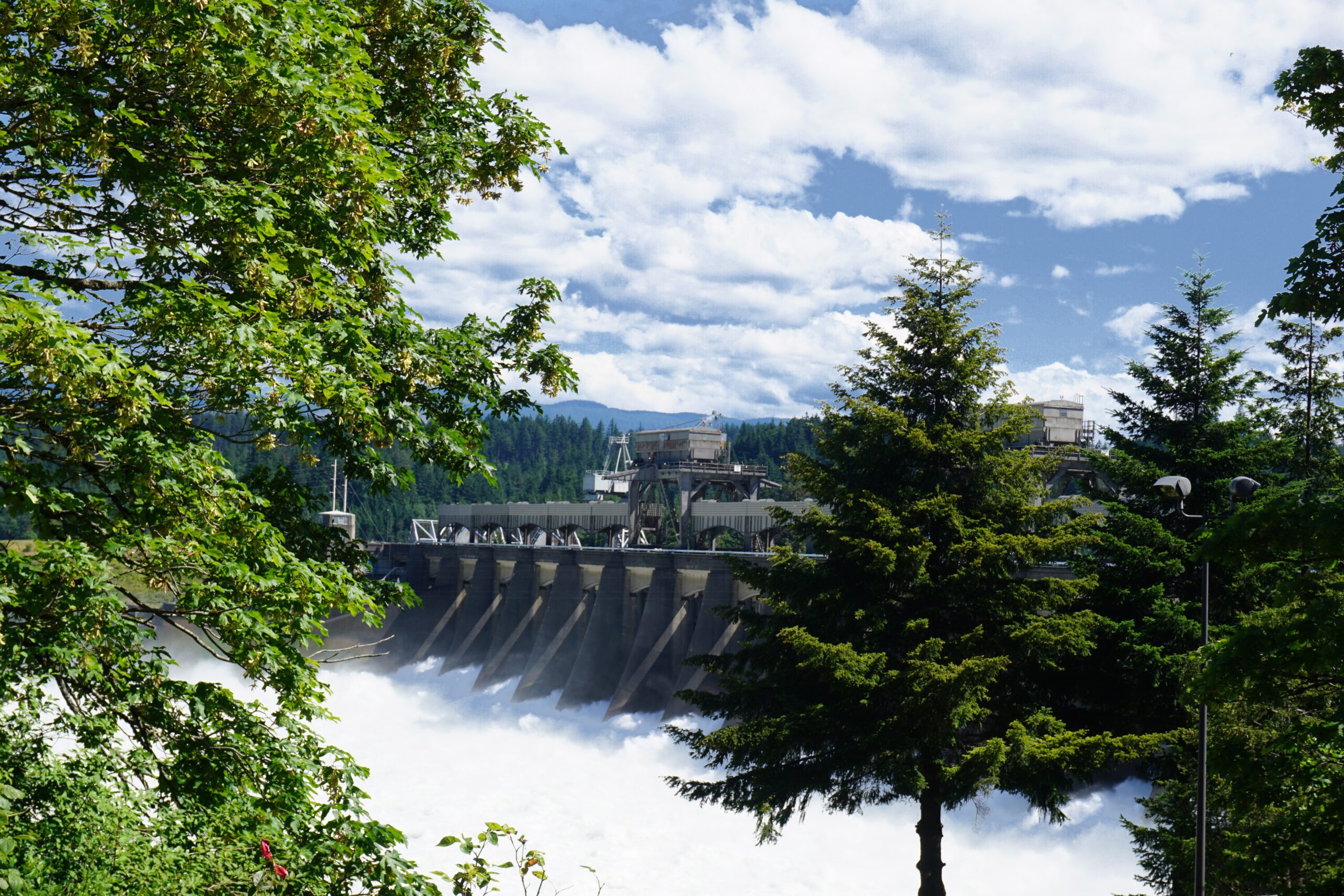
Heather Stefanson
the Premier’s page
“What this will do,” said the Premier, “is keep rate increases down to no more than two percent a year for the next 17 years.
By Dorothy Dobbie
Health care has been at the top of the Premier’s agenda for the past several months, but she has continued to work on the issue of making life affordable to Manitobans, while creating hope and opportunity for the future through economic development.
One of these issues has been tackling the crippling burden of Manitoba Hydro’s debt on homeowners, the ratepayers who are covering the cost overruns created by former NDP government decisions. These included their stubborn determination to change the route of the BiPole III Hydro line from east to west which increased the cost of the line from $2.2 billion to $3.7bilion, and the cost overrun on the Hydro managed Keeyask Dam from a projected $6.5 billion to $8.7 billion.
Servicing the debt has resulted in demands for rate increases that hit homeowners in a pocketbook already depleted by the growing federal carbon tax on natural gas.
“To make home heating and hydro energy more affordable for Manitobans,” said Premier Heather Stefanson, “means getting Manitoba Hydro’s debt under control and putting an end to sharp increases in Manitoba Hydro bills.”

This meant shifting some of Manitoba’s Hydro debt burden away from rate payers and onto the province’s general budget to leave room for payments on the principal of Hydro’s debt. This allows a huge reduction in the interest payments we were carrying.
How was this done? The province charges the hydro utility, as do some other jurisdictions, water fees for the rental of the water flowing though its dams. The government also collects a provincial debt guarantee fee from Manitoba Hydro. Both fees have been reduced by 50%. This change will save Manitoba Hydro approximately $190 million in 2022–23 and $4 billion over the next 20 years. The changes were made effective in April 2022.
“What this will do,” said the Premier, “is keep rate increases down to no more than two percent a year for the next 17 years.
“In conjunction with this,” she added, “is the strengthening of the Public Utilities Board, to give them more ability to do the critical analyses and to institute checks and balances to the system.”
The long-term goal, says the Premier, is to smooth the way for more business to locate in Manitoba, taking advantage of lower rates and greater power availability.
“The future of our province lies in the development of all our resources, including human resources inherent in the energy and ingenuity provided by partnerships with our First Nations people as well those created through good stewardship of our natural advantages.”
By By Dorothy Dobbie
Health care has been at the top of the Premier’s agenda for the past several months, but she has continued to work on the issue of making life affordable to Manitobans, while creating hope and opportunity for the future through economic development.
One of these issues has been tackling the crippling burden of Manitoba Hydro’s debt on homeowners, the ratepayers who are covering the cost overruns created by former NDP government decisions. These included their stubborn determination to change the route of the BiPole III Hydro line from east to west which increased the cost of the line from $2.2 billion to $3.7bilion, and the cost overrun on the Hydro managed Keeyask Dam from a projected $6.5 billion to $8.7 billion.
Servicing the debt has resulted in demands for rate increases that hit homeowners in a pocketbook already depleted by the growing federal carbon tax on natural gas.
“To make home heating and hydro energy more affordable for Manitobans,” said Premier Heather Stefanson, “means getting Manitoba Hydro’s debt under control and putting an end to sharp increases in Manitoba Hydro bills.”

This meant shifting some of Manitoba’s Hydro debt burden away from rate payers and onto the province’s general budget to leave room for payments on the principal of Hydro’s debt. This allows a huge reduction in the interest payments we were carrying.
How was this done? The province charges the hydro utility, as do some other jurisdictions, water fees for the rental of the water flowing though its dams. The government also collects a provincial debt guarantee fee from Manitoba Hydro. Both fees have been reduced by 50%. This change will save Manitoba Hydro approximately $190 million in 2022–23 and $4 billion over the next 20 years. The changes were made effective in April 2022.
“What this will do,” said the Premier, “is keep rate increases down to no more than two percent a year for the next 17 years.
“In conjunction with this,” she added, “is the strengthening of the Public Utilities Board, to give them more ability to do the critical analyses and to institute checks and balances to the system.”
The long-term goal, says the Premier, is to smooth the way for more business to locate in Manitoba, taking advantage of lower rates and greater power availability.
“The future of our province lies in the development of all our resources, including human resources inherent in the energy and ingenuity provided by partnerships with our First Nations people as well those created through good stewardship of our natural advantages.”

